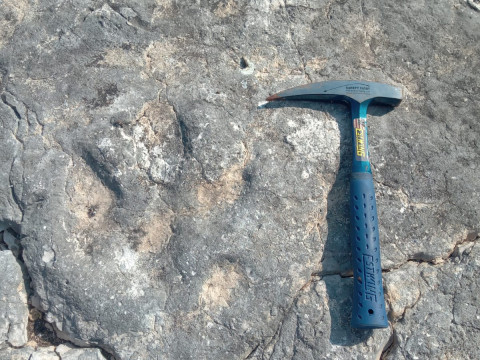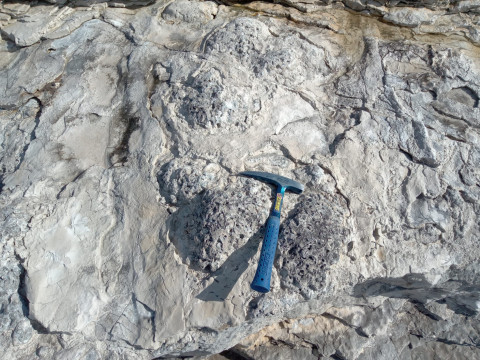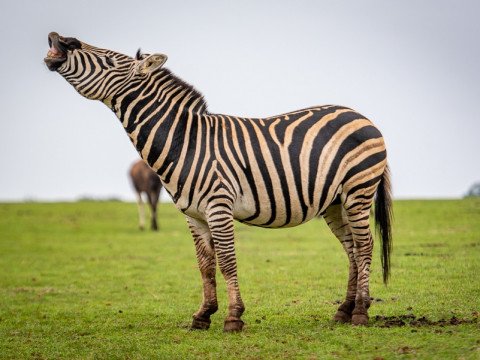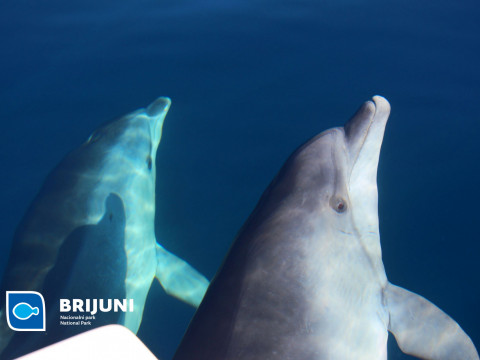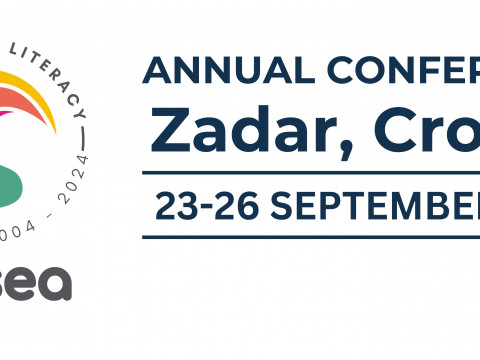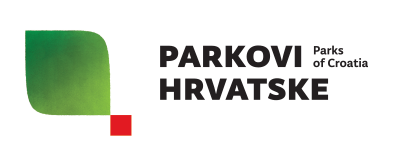October 6 is reserved for marking the International Day of Geodiversity, which was proclaimed by UNESCO in 2021 through the initiative of numerous scientific organizations around the world. This year, the theme of the International Day of Geodiversity is "Preserving the Past – Sustaining the Future," with a focus on UNESCO's Global Geoparks Network, celebrating its 20th anniversary. The network currently consists of 213 global geoparks across 48 countries, including three in Croatia (Papuk Geopark, Vis Archipelago Geopark, and Biokovo-Imotska Lakes Geopark).
Geodiversity is all around us and includes non-living components of nature such as minerals, fossils, soil, and landscapes, forming the foundation of all biodiversity. It allows life to evolve and thrive, supporting all ecosystems on Earth.
Additionally, geodiversity will play an increasingly important role in planning for the future. As rocks record past events on our planet, such as various hazards, understanding them helps us better adapt to geological dangers. Furthermore, rocks contain diverse minerals that can serve as key resources for a more sustainable future, while as the foundation of our most beautiful landscapes, geodiversity supports the growing geotourism industry, which benefits local communities worldwide.
The International Day of Geodiversity brings together many people promoting various aspects of geodiversity and its importance to society. The Public Institution of the Brijuni National Park also joins in celebrating this special day for all geodiversity enthusiasts and those who may yet become one. Within the area of our National Park, you can visit and explore very interesting geological sites and phenomena such as dinosaur footprints, remnants of ancient beaches in the form of wave ripples, fossilized shells of extinct rudist mollusks, and remnants of numerous quarries on Mali and Veliki Brijun islands, which are now equipped with walking paths. Alongside these geological sites, educational panels have been installed to highlight their importance and the importance of preserving the geodiversity of the National Park, which, once destroyed, cannot be restored.
Author of the text and photographs: Damir Pocrnić
 Parks of Croatia
Parks of Croatia
 EU projects
EU projects English
English
